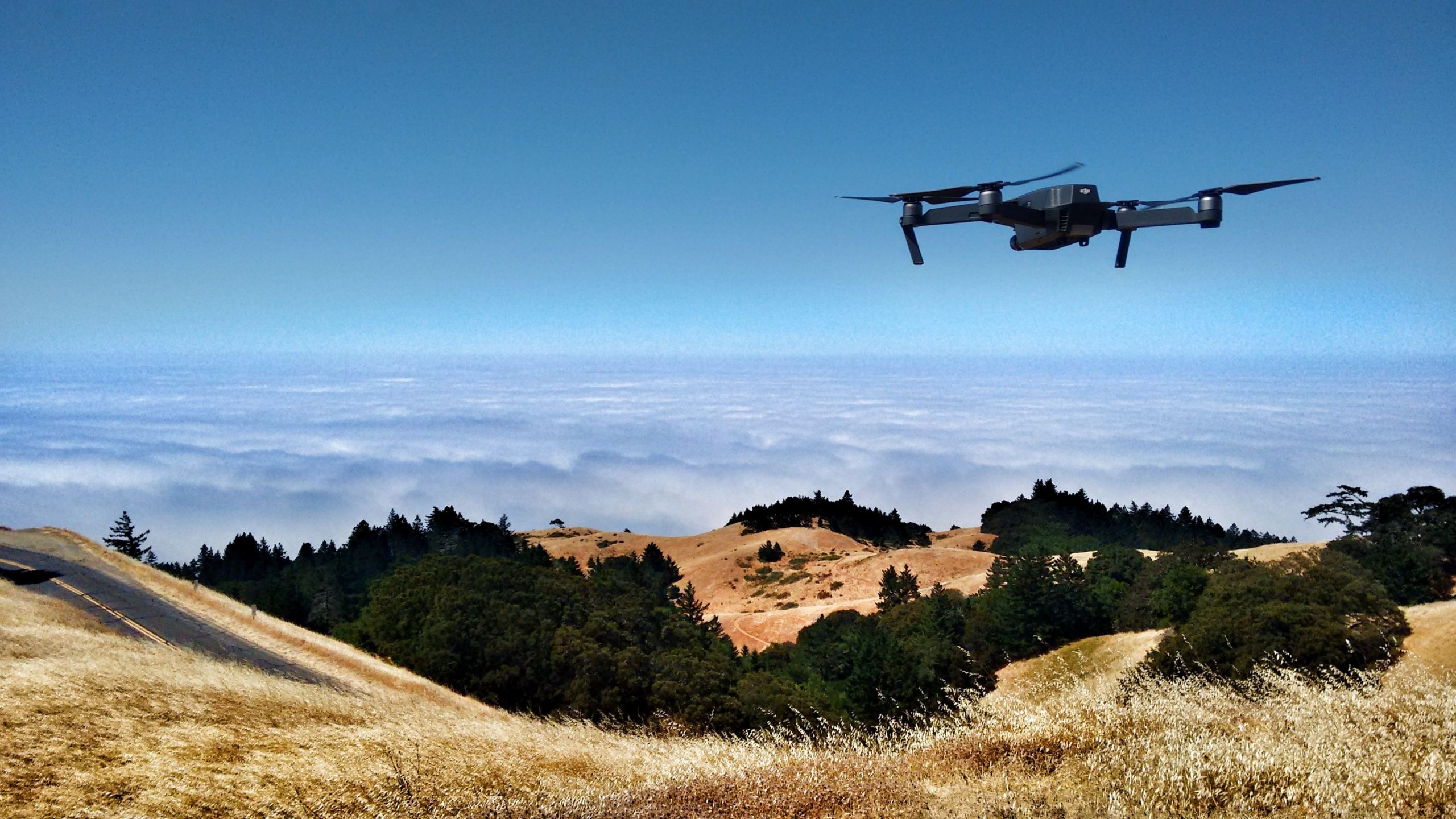Longer-range drone deliveries were tested for the first time in India, hoping they could deliver medicines and COVID-19 vaccines to remote areas, news agency AFP reported.
Drones could be a game-changer for medical services in India’s hard-to-reach rural areas, where healthcare is scarce and roads are frequently poor, according to experts.
Throttle Aerospace Systems is one of 20 organisations that have been granted permission by the government to conduct experimental flights beyond the current 450-meter limit since May. (1,475 feet).
Also Read | Delta plus COVID variant found in 3 states in India. What we know so far
Two drones — one that can carry up to one kilogramme (2.2 pounds) for 20 kilometres (12 miles) or nearly an hour, and another that can lift two kilos for 15 kilometres — were tested on Monday in the southern state of Karnataka.
“Medicines was the payload here and… 2.5 kilometres were covered in seven minutes and it delivered the medicines at the designated point and the drone returned,” Throttle’s co-founder, Sebastian Anto, told AFP at the test site in the southern state of Karnataka.
The government this month also invited bids from drone operators to help set up a pilot project for the delivering of medical supplies as it seeks to bolster its faltering coronavirus vaccination drive.
The epidemiology chief of the Indian Council of Medical Research, Samiran Panda, told The Hindu daily newspaper that the technology could help vaccinate priority groups in hard-to-reach places.
Also Read | Centre proposes changes to e-commerce rules. Check details
“We need smart vaccination instead of mass vaccination to stem an epidemic,” Panda told the newspaper last week.
India lags behind many other nations when it comes to drones — or Unmanned Aerial Vehicles — both in terms of their uses and the regulatory framework.
Under current regulations, they have to be flown in full view, or within 450 metres, of their operators on the ground.
In Germany, researchers are reportedly testing drone prototypes that can track down disaster victims by their screams.
In Australia, drones using artificial intelligence algorithms are being used to spot crocodiles and count koalas in rugged terrain.
India, home to 1.3 billion people spread across some 3.2 million square kilometres (1.15 million square miles), is the world’s seventh-largest country by land mass.
“Drone technology would have a huge impact in those areas where emergency medicines and vaccines could be supplied,” co-founder of lobby group the Drone Federation of India, Vipul Singh, told AFP.
Also Read | Watch | Greenpeace employs 300 drones to call for climate action from G7
“Where it takes a few hours to travel 20-30 kilometres by road, whereas a drone can actually travel that distance in 10 to 15 minutes,” said Singh, also the co-founder of Bangalore-based Aarav Unmanned Systems.







